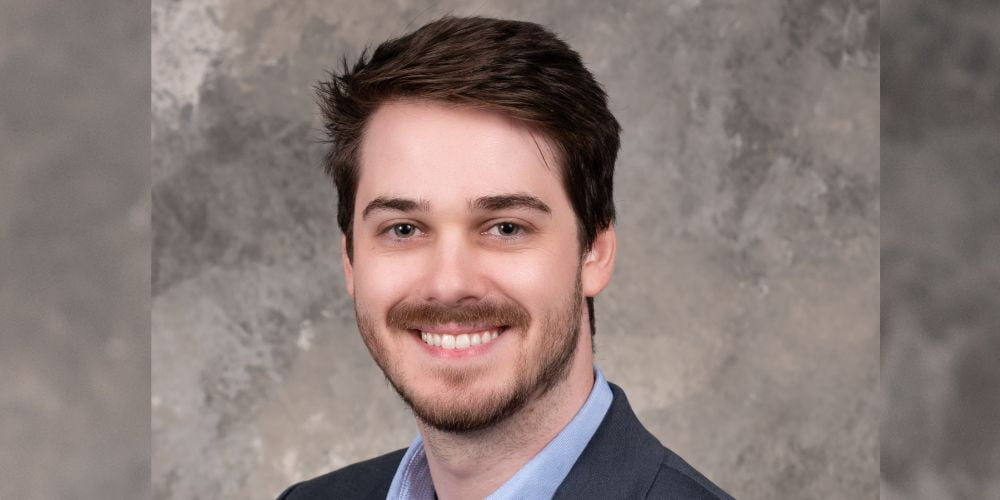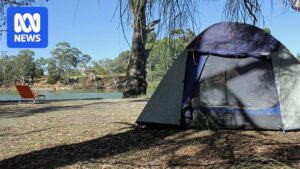
Alec Whited, a graduate student from the University of Texas at Arlington, is pioneering research that could revolutionize treatments for autoimmune diseases and enhance wound healing processes. His groundbreaking work, conducted in the Ghose Lab at UTA, has unveiled a novel cellular pathway crucial for the efficient removal of dying cells. This discovery, coauthored with Aladin Elkhalil, a fourth-year doctoral student at UTA, was recently featured in Genetics, a leading journal in the field.
Whited, now a research assistant at UT Southwestern, explained the significance of his findings:
“Similar to taking your garbage out on trash day, living things must also get rid of their unwanted waste, whether it’s digested food or dead cells that have fulfilled their purpose. This work helps us understand a specific step in the process of clearing those cells that have completed their job and are no longer needed. When this process is interrupted or does not work, it can cause major issues for the organism.”
Understanding Cellular Waste Removal
The research highlights a critical aspect of cellular biology: the removal of dead cells. This process, when functioning correctly, prevents the build-up of cellular debris that can trigger inflammatory responses. Whited’s study identifies a previously unknown pathway that enhances this removal process, offering potential new targets for therapeutic intervention.
In an interview, Whited emphasized the connection between improper cell clearance and inflammatory diseases:
“Yes, inflammation can be caused by many factors, and one of them is the failure to clear dead cells properly. When cells die, they release molecules that can trigger inflammatory responses. If these dead cells aren’t cleared out efficiently, the body may mistakenly interpret these molecules as threats and launch an immune response. This can lead to chronic inflammation and contribute to autoimmune diseases.”
Implications for Wound Healing
The implications of Whited’s research extend beyond autoimmune conditions. One of the genes identified in the study has been linked to cell-to-cell fusion, a vital process in wound healing. This fusion is essential for tissue repair and the closure of wounds, suggesting that understanding these genetic mechanisms could lead to improved treatments for chronic wounds.
Whited elaborated on this potential:
“By better understanding the genetic mechanisms behind this, we hope to identify additional genes that could play a role in improving wound healing. This could have implications in advancing our knowledge of how we can accelerate wound healing or treat chronic wounds, though much more research is needed to fully understand how.”
Support and Collaboration at UTA
Reflecting on his experience at UTA, Whited praised the collaborative environment within the Department of Biology. He highlighted the supportive nature of faculty and students, which fosters a culture of innovation and exploration.
Whited shared his thoughts on the academic atmosphere:
“While I can’t speak for every department at UTA, I can say that the Department of Biology has been incredibly supportive. The faculty and students share genuine excitement for research. There’s a collaborative spirit that drives everyone to push the boundaries of what we know. There were four labs in the space that I worked in, and everyone was eager to learn new concepts and apply them to their own research. This mindset fosters not only academic growth, but also a sense of belonging in the broader scientific community.”
This research was supported by The Cancer Prevention Research Institute of Texas and the National Institutes of Health–National Institute of General Medical Sciences, underscoring the importance of funding in advancing scientific discovery.
As Whited continues his research journey, his work exemplifies the potential for academic institutions like UTA to contribute significantly to scientific advancements. The discovery of new cellular pathways not only enhances our understanding of biological processes but also opens doors to innovative treatments that could improve health outcomes for countless individuals.






